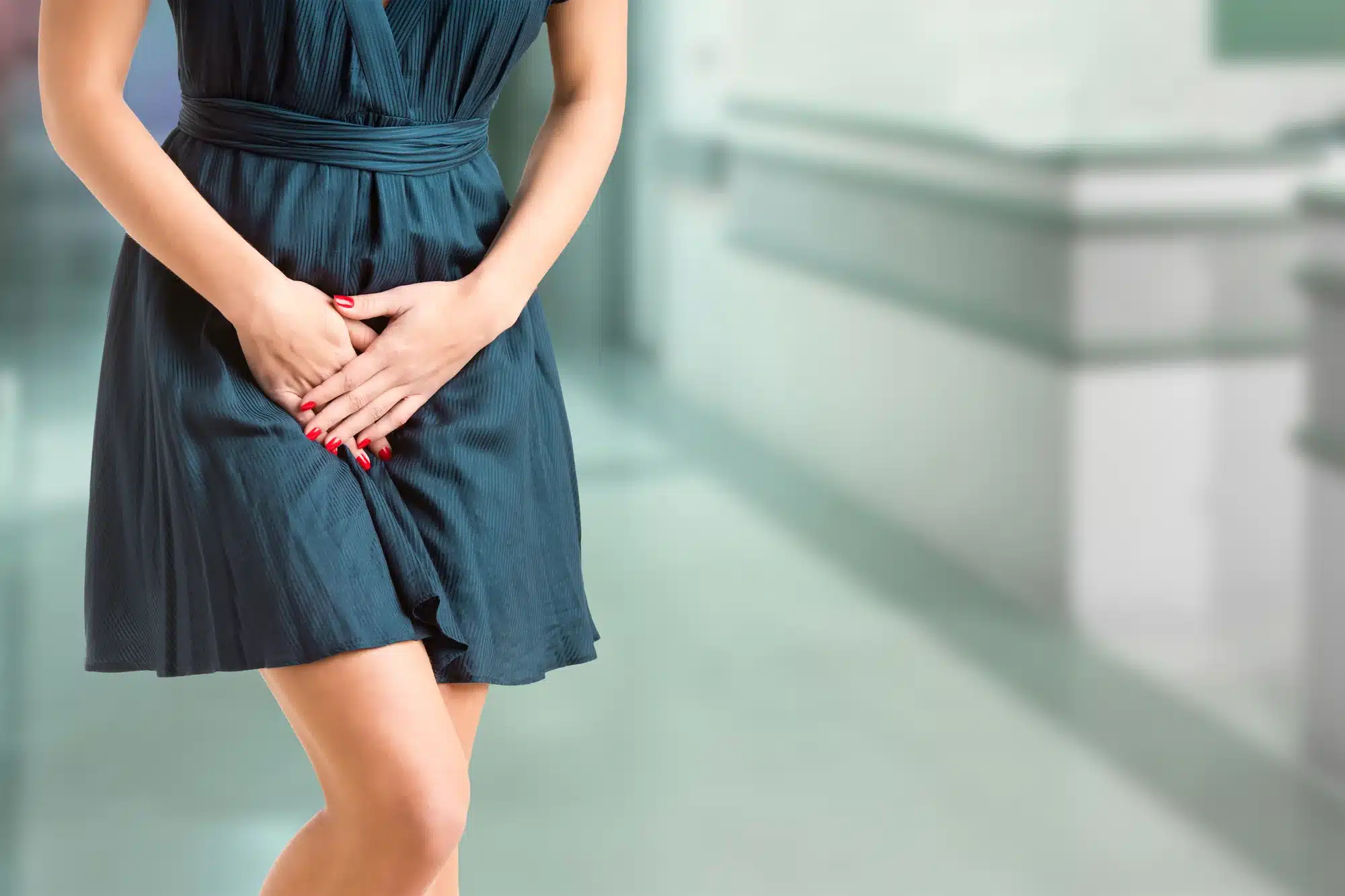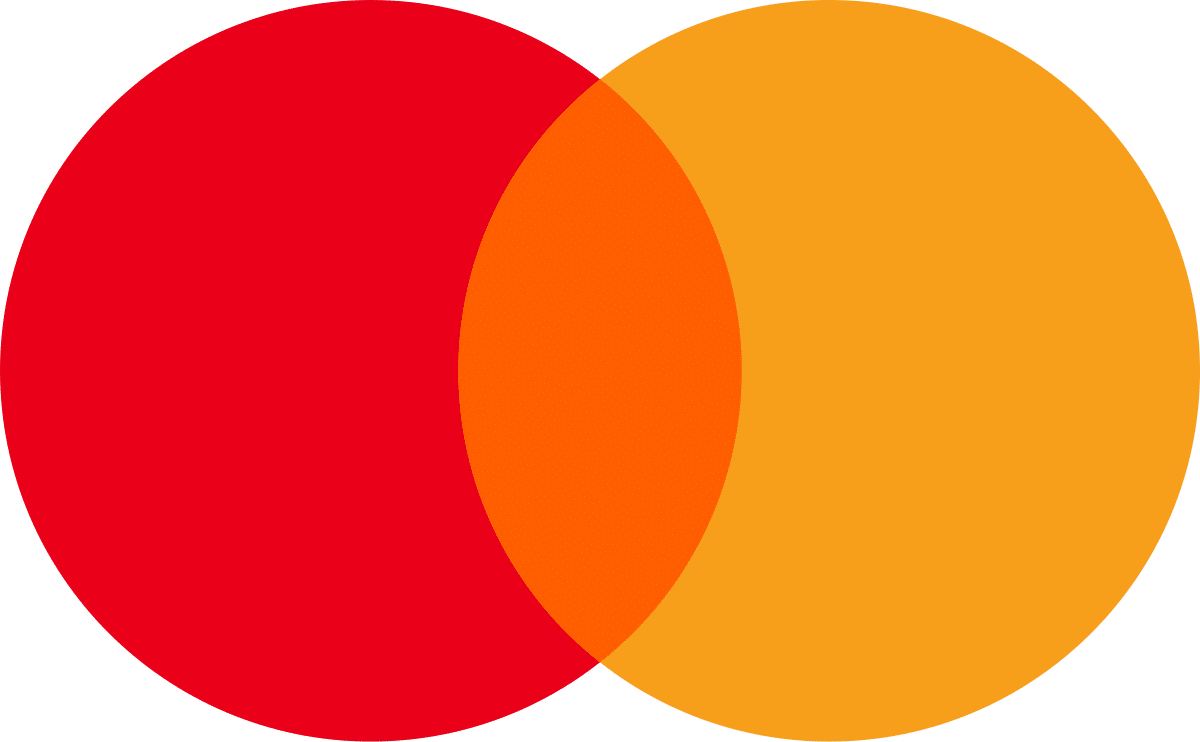
The anatomy of the bladder
The urinary bladder is a hollow and distensible muscular sac that is located at the base of the pelvis just above and behind the pelvic bone. The bladder can be divided into the following four major structures:
- The apex: Also known as the vertex or summit of the bladder, it is the superior portion of the bladder and is located opposite to the fundus.
- The body: The urine gets collected in the body of the bladder until the urge to urinate occurs.
- The neck: This consists of a group of muscles that connect the bladder to the urethra. The muscles contract to hold urine in the bladder and relax to release it into the urethra.
- The fundus: It is the base of the bladder and contains the outlet from which urine is voided.
The bladder wall itself is made of smooth detrusor muscles that remain relaxed to collect and store urine and, conversely, contracts to expel said urine. These smooth muscles are innervated with blood vessels, specifically vesical arteries and vesical veins; lymph vessels; and nerves, particularly the sympathetic and parasympathetic nerve fibers. The inner walls have thick mucosal ridges known as rugae that allows for the sac to expand to store urine. The mucosal ridges are made of surface glycocalyx that offer a urothelial barrier and shield the underlying cells against urine and any other passing infections. A healthy urinary bladder functions to collect and store urine from the kidneys via the ureters before being disposed via the urethra, a single muscular tube with an opening; this important biological process is known as urination or micturition. A typical normal-shaped bladder is able to store about 300 to 500ml of urine before the urge to urinate occurs.
What are common disorders that affect the bladder?
However, many people are affected by frequently reported disorders of the bladder, including the following conditions:
- Overactive bladder: This condition occurs when the detrusor muscles contract uncontrollably, resulting in four major symptoms: frequent urination, incontinence, nocturia, and the urgency to urinate.
- Neurogenic detrusor overactivity: This condition occurs when there is an overactivity in the detrusor muscle that caused by neurologic dysfunction. These neurological problems usually happen due to injuries like spinal cord injuries and multiple sclerosis.
If left untreated, these disorders can negatively affect one’s quality of life and self-esteem.
How can these bladder disorders be controlled?
These bladder disorders can be managed with lifestyle modifications—such as the reduction of fluid intake, the avoidance of caffeine, pelvic floor muscle exercises, and timed voiding, etc.—and antimuscarinic drugs. Though these methods are effective, some patients may fail to respond adequately to them and may require medical procedures instead. One very effective procedure is the administration of botulinum toxin type A. This medication induces muscle relaxation in the injected area(s) by inhibiting the release of acetylcholine, a neurotransmitter, is responsible for muscle movements. Botox is a brand of botulinum toxin type A that is used to treat both overactive and neurogenic bladders.
How is Botox injected into the bladder?
Before being injected into the bladder muscle, this product of Allergan, which comes as a sterile and vacuum-dried white powder, must be dissolved in an adequate volume of unpreserved, 0.9% sodium chloride solution first. The resulting solution must be clear and colorless (or have a slight yellowish hue) without having any suspending particulate(s). The bladder is then flushed with a local anesthetic agent using a catheter to numb the bladder so that the patient remains comfortable throughout the session. The administration technique for each bladder condition is as follows:
- Overactive bladder: The physician(s) should inject the reconstituted Botox solution using a flexible or rigid cystoscope while avoiding the trigone and base regions. The needle is inserted approximately 2mm into the detrusor muscle to administer injections of 0.5ml (5 units) of toxin solution. About 20 injections are given, each spaced 1cm apart. Finally, administer 1ml of preservative-free normal saline solution to ensure that the full dose is delivered. The recommended total dose for this condition is 100 units of Botox solution.
- Neurogenic detrusor overactivity: The physician(s) should inject the prepared Botox using a cystoscope while avoiding the trigone and base regions. The depth of the needle should be about 2mm into the detrusor muscle while administering 30 injections of 1ml (approximately 6.7 units) of reconstituted Botox solution. The injections must be distributed about 1cm away from each other. 1ml of preservative-free normal saline solution must be injected as the last step to ensure that a full dose is delivered. The recommended total dose for this condition is 200 units of Botox solution.
How long are the results expected to last?
The muscle-relaxing effects for which Botox is famous should be noticeable within a week or two after the treatment session is completed. However, these effects are temporary and normally last for between six to eight months. The specific duration of action is dependent on the patients’ physiology. Patients can get more injections should the initial effects have worn off, but they must get these follow-up injections no sooner than three months from the first treatment session.
Should I get Botox for bladder?
If you are experiencing any concerns, talk to your doctor about whether a Botox for bladder treatment is right for you.
Related Articles
Joanna Carr
Ellanse Tear Trough – Filling and Smoothing
Ellanse is a dermal filler used to treat tear troughs. It provides a non-surgical solution to fill and smooth this delicate area.
Joanna Carr
Meditoxin vs Botox – How Do They Compare?
Curious about the differences between Meditoxin and Botox? Discover how these botulinum toxin treatments compare in terms of efficacy, onset, duration...
Joanna Carr
How to Boost Your Botox Business During the Holidays
Make your Botox business thrive this holiday season with exclusive promotions, expert marketing tips, and proven strategies to boost bookings and prof...


